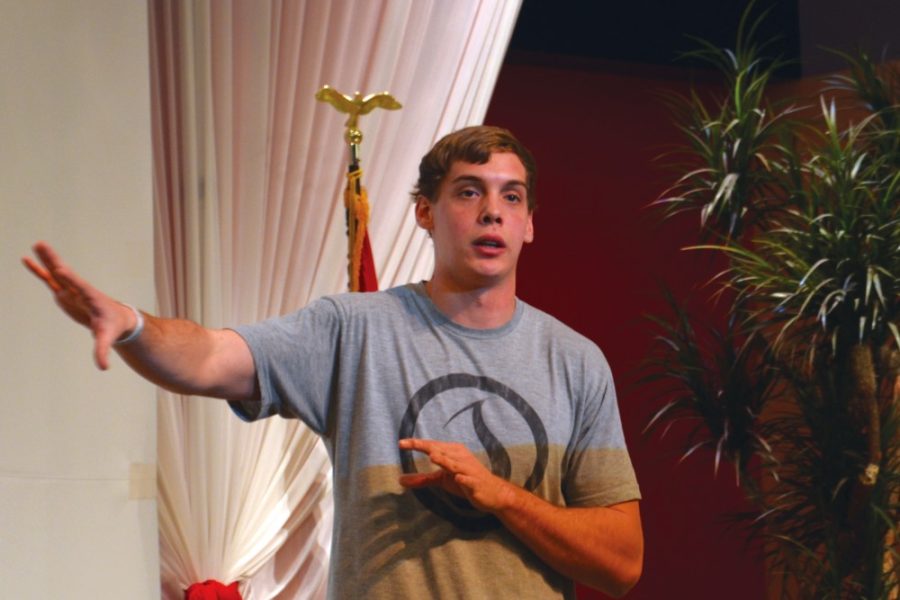In places where water is scarce, such as Swaziland and Uganda, finding enough to survive can be a challenge — a UA club is trying to make it a little easier.
In these countries, women and children walk miles to collect unsanitary water. A jerrycan, normally used to store gasoline, is often used to carry the water.
When full, a standard jerrycan weighs more than 44 pounds. Carrying these cans for miles can cause spinal and pelvic malformations. Once the water is collected, there is usually no way to sanitize it, leaving the drinker vulnerable to parasites and disease.
“We live in a world where nearly 1 billion people don’t have access to safe drinking water,” said Evan Wesley, a speaker for Thirst Project. “That’s like one-in-eight people walking on this planet.”
The Thirst Project was formed in Los Angeles in 2008 by a group of eight college students. They began with simple grassroots campaigns to raise money to build freshwater wells in developing countries. They also formed local water boards to help maintain and regulate those wells.
Wesley’s talk was organized by the UA Thirst Project Club, founded in the spring of 2012 by Ashkan Rastegar, a physiology junior and club president. The club currently has 30-35 members and five officers.
Rastegar said the club is helping make a change.
“We make a lot of difference with social media,” he said.
Rastegar said it is important to have an extension of the Thirst Project on the UA campus to get students involved.
“Unless there is someone dedicated to bringing this to a college campus, nothing is going to happen,” he said. “You have to have a club and have an incentive for people to join and to make a
difference.”
UA Thirst Project Club officer and nursing junior Tori Kinion said she became involved with the organization after seeing a presentation in high school four years ago.
“It really hit me hard,” Kinion said. “We just take for granted the water that we have.”
The Thirst Project began outreach and fundraising programs in Los Angeles and now works nationally as a nonprofit. In addition to raising funding to build wells, it also runs outreach programs to get youth involved.
“We thought, ‘How can we be different than all the other water organizations?’” Wesley said. “‘Let’s use young people.’”
Wesley has been working for Thirst Project for a year. He began working in the organization after graduating with a degree in environmental science. He speaks at multiple events a year, mostly at schools.
The UA club organizes fundraising events throughout the year, such as percentage nights at restaurants and booths at club fairs, and also brings in speakers from the Thirst Project every spring.
The club’s outreach isn’t just limited to campus — the UA Thirst Project also attends art festivals around Tucson.
“We kind of try to raise awareness to the greater Tucson community and let them know that there is something like this going on,” Rastegar said.









